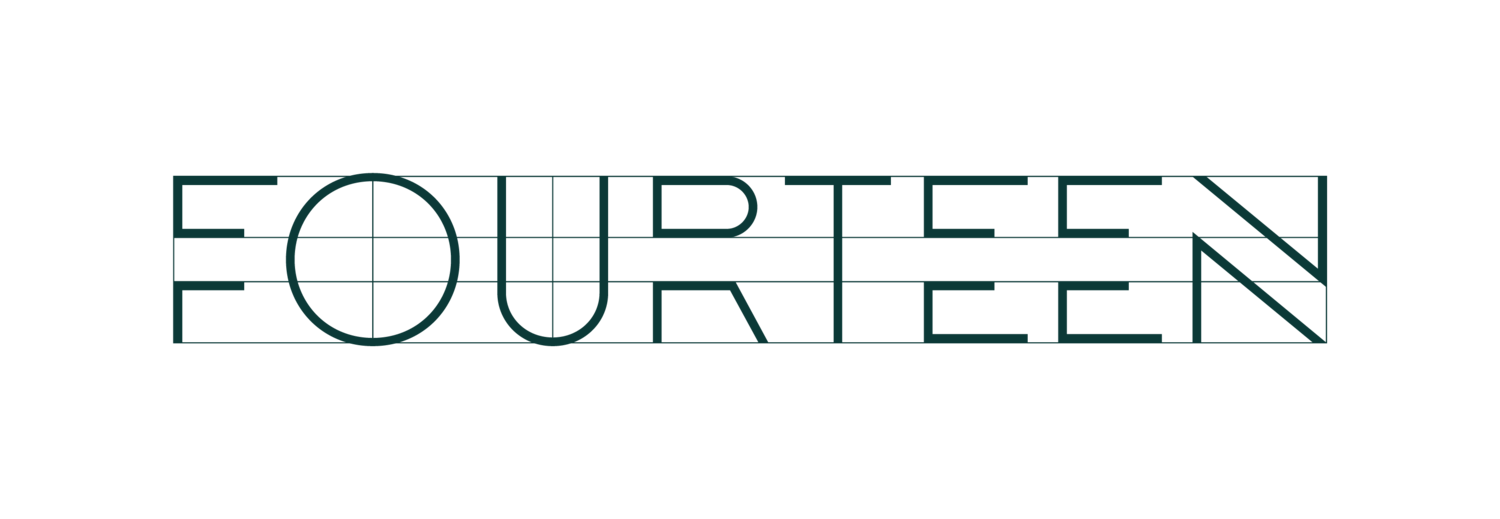Change is the new normal
Stop communicating, start conversating. And sack your communications agency.
Only about 50% of change initiatives accomplish and sustain their goals*. One out two, that is. And communications is to blame. There it is. Most communications specialists go adrift since change communications doesn’t play by the conventional rules. But they love to play the game anyway. Their craving is understandable considering the fascinating depths of the genre. They see it as a thrilling opportunity to finally add sustainable value, as communications is the central enabler of any transformation or change initiative. Change communications is the Champions League of communications. However, lack of experience in the matter, is an accident waiting to happen.
And on top of that we entered a new area. Change projects don’t work anymore. We’re implementing a mindset nowadays in which change is the new normal. And if you don’t have a Chef’s Knife, don’t chop those vegetables.
The change model generally isn’t the issue in failing change management cases. They mainly blunder due to a lack of effective change communications support. This kind of communications is a special breed, since it’s the ‘emotional’ one of the family. Employees tend to react unanticipated, irrational or at least reluctant to change. People leaders get anxious, as they are in no way trained to handle that behavior. And managers? Well, they get nervous because of the delays that interfere with their bottom line.
That’s where ‘strategic’ communications agencies kick in. These, heretofore mere, ‘communications agencies’ promise to sell you magic, neatly packaged in some fancy looking communications model. BUT, IT WON’T WORK. Not even with their new prefix (‘strategic’).
In 2019 change projects don’t have a completion.
Why? Three (main) simple reasons.
One, change is still considered as a project. With a beginning and an end. And the ‘communications models’ represent a corresponding lay-out. In 2019 change projects don’t have a completion anymore.
Two, change communications remains mainly top down, imperative and consequence driven: “If we don’t […(fill in at your choice)], then we won’t […(idem)].”. People tend to respond less engaged to repercussions as they do to positive perspectives.
Three, change communications is impact-driven. It should be people-driven, however. Example: to what message would you more likely respond with a subsequent action:
Please switch off your mobile phone before the start of the film.
Don’t forget to switch on your mobile phone after the film.
“Pierre, they hit b. What’s behind the winner’s door?”. People don’t even ‘hear’ a.. But if you launch b., then the movie theater looks like an ant’s nest with all those arms grasping for phones. Lesson: let co-workers know what’s in there for them. That’s basic psychology one on one for you.
And that’s why theoretic change models don’t work. They’re usually designed by academic-types who have the shop floor experience of a polar bear. The past 20 years I never encountered a change project in which I could implement the communications outline of another project. Emotional variables can’t be captured in a straitjacket. But if you can’t tackle it with a model, then how to go about it?
Corporate change has become a company’s organic response to competition and to shifts in the socio-economic environment. It has shifted from an ‘infrastructural’ set up (big impact, defined term) to a more ‘circumstantial’ lay out (lower impact, shorter, faster, perpetual). Tanker vs speedboat. It’s now a fact of day-to-day life. So, stop playing the game by the rules of ‘project management’.
